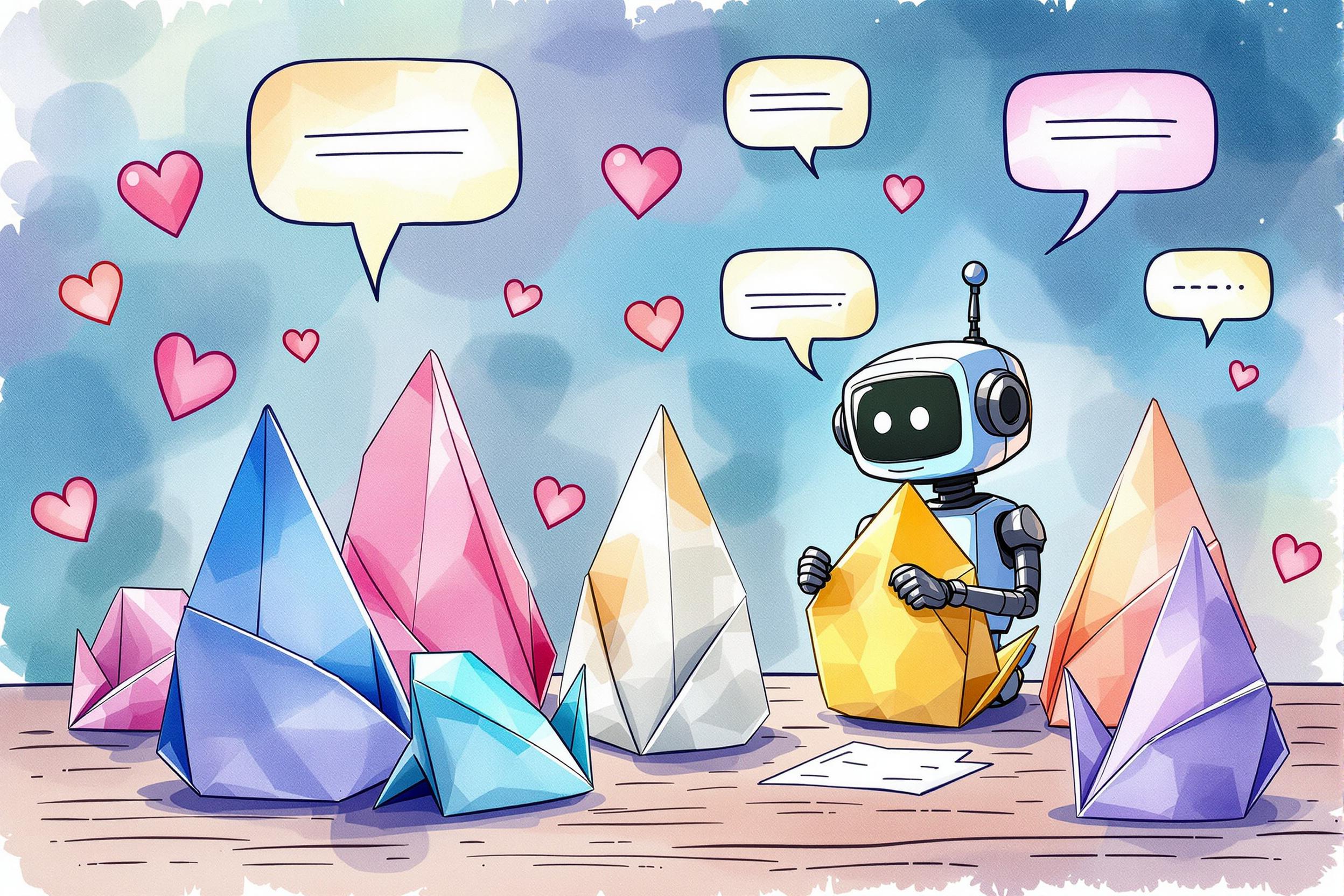
Pattern Design
Pattern Design is the art of creating repeating designs that can be used on various products like fabric, wallpaper, packaging, or digital backgrounds. It's similar to creating a tile that can be placed next to itself endless times to form a seamless design. Think of it like creating wallpaper designs or fabric prints. Pattern designers combine artistic skills with an understanding of how designs will look when repeated on different products. This field is also sometimes called Surface Pattern Design, Textile Design, or Repeat Pattern Design.
Examples in Resumes
Created best-selling Pattern Design collection for children's clothing line
Developed seasonal Surface Pattern Design collections for home decor products
Led team of 3 designers in creating Pattern Designs for textile manufacturer
Typical job title: "Pattern Designers"
Also try searching for:
Where to Find Pattern Designers
Online Communities
Job Boards
Professional Networks
Example Interview Questions
Senior Level Questions
Q: How do you manage a pattern design collection from concept to market?
Expected Answer: Should discuss market research, trend forecasting, collection planning, coordinating with manufacturers, and understanding production requirements. Should mention experience leading projects and managing client relationships.
Q: How do you ensure your patterns are commercially viable while maintaining creativity?
Expected Answer: Should explain balancing artistic vision with market demands, understanding target audience, color theory for different markets, and adapting designs for various products and price points.
Mid Level Questions
Q: What's your process for creating seamless repeating patterns?
Expected Answer: Should explain their workflow from initial sketches to final digital files, including how they ensure patterns repeat properly and look balanced across the repeat.
Q: How do you adapt your patterns for different products and materials?
Expected Answer: Should discuss understanding of scale, color separation, and how different materials affect pattern appearance. Should mention experience with various production methods.
Junior Level Questions
Q: What design software do you use for creating patterns?
Expected Answer: Should be familiar with industry-standard software like Adobe Illustrator or Photoshop, and understand basic digital pattern creation techniques.
Q: How do you stay current with pattern design trends?
Expected Answer: Should mention following trend forecasting services, design blogs, fashion weeks, or trade shows, and how they incorporate trends into their work.
Experience Level Indicators
Junior (0-2 years)
- Basic digital design software knowledge
- Understanding of color theory
- Simple repeat pattern creation
- Basic drawing and illustration skills
Mid (2-5 years)
- Advanced pattern repeat techniques
- Knowledge of production methods
- Color separation for printing
- Portfolio of commercial work
Senior (5+ years)
- Collection development
- Client relationship management
- Technical production knowledge
- Market trend analysis
Red Flags to Watch For
- No understanding of repeat patterns
- Lack of digital design software skills
- No knowledge of production requirements
- Poor color theory understanding
- No portfolio of pattern work
Related Terms
Need more hiring wisdom? Check these out...

Why Your Hiring Process is a Maze (And How Design Thinking Can Turn It into a Superhighway)

Rewiring Your Interview Templates for Better Candidate Experience

Resume Optimizations that Candidates Do to Get Past AI Hiring Filters

